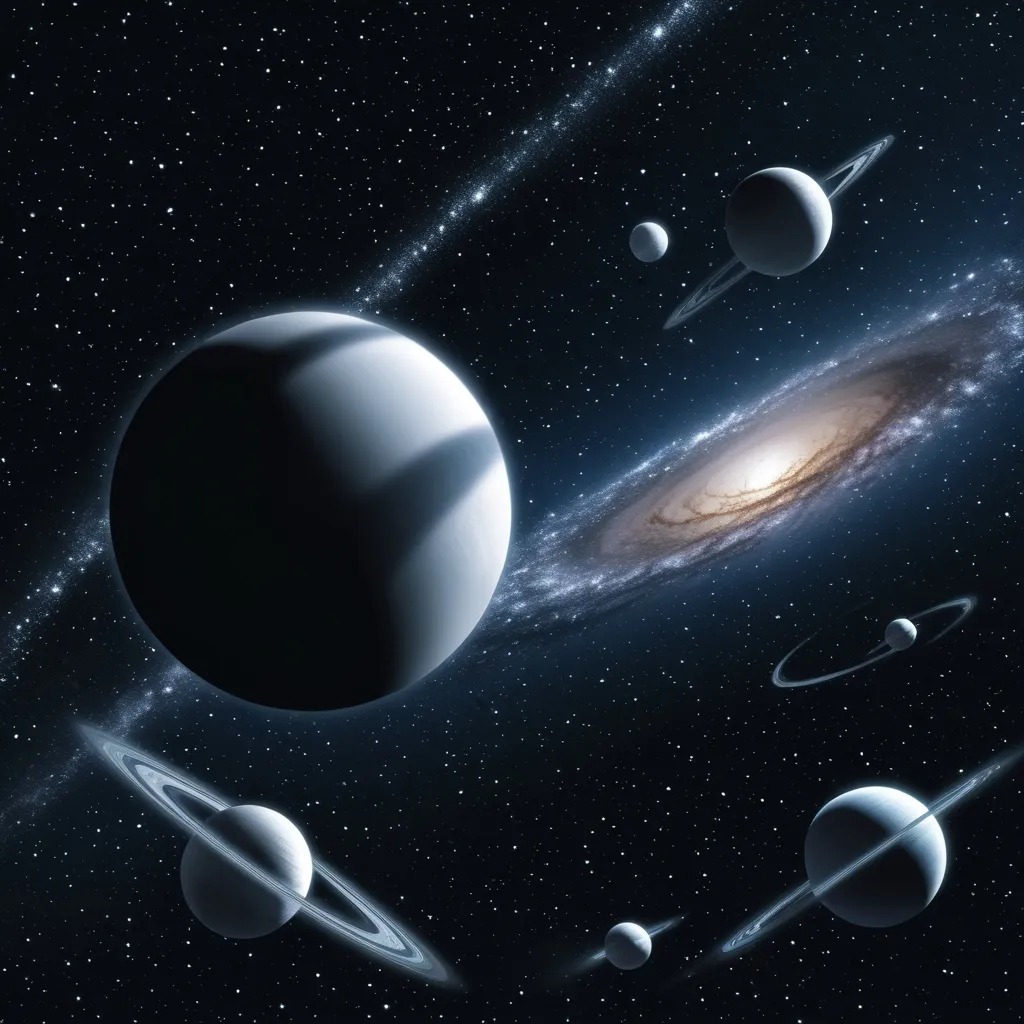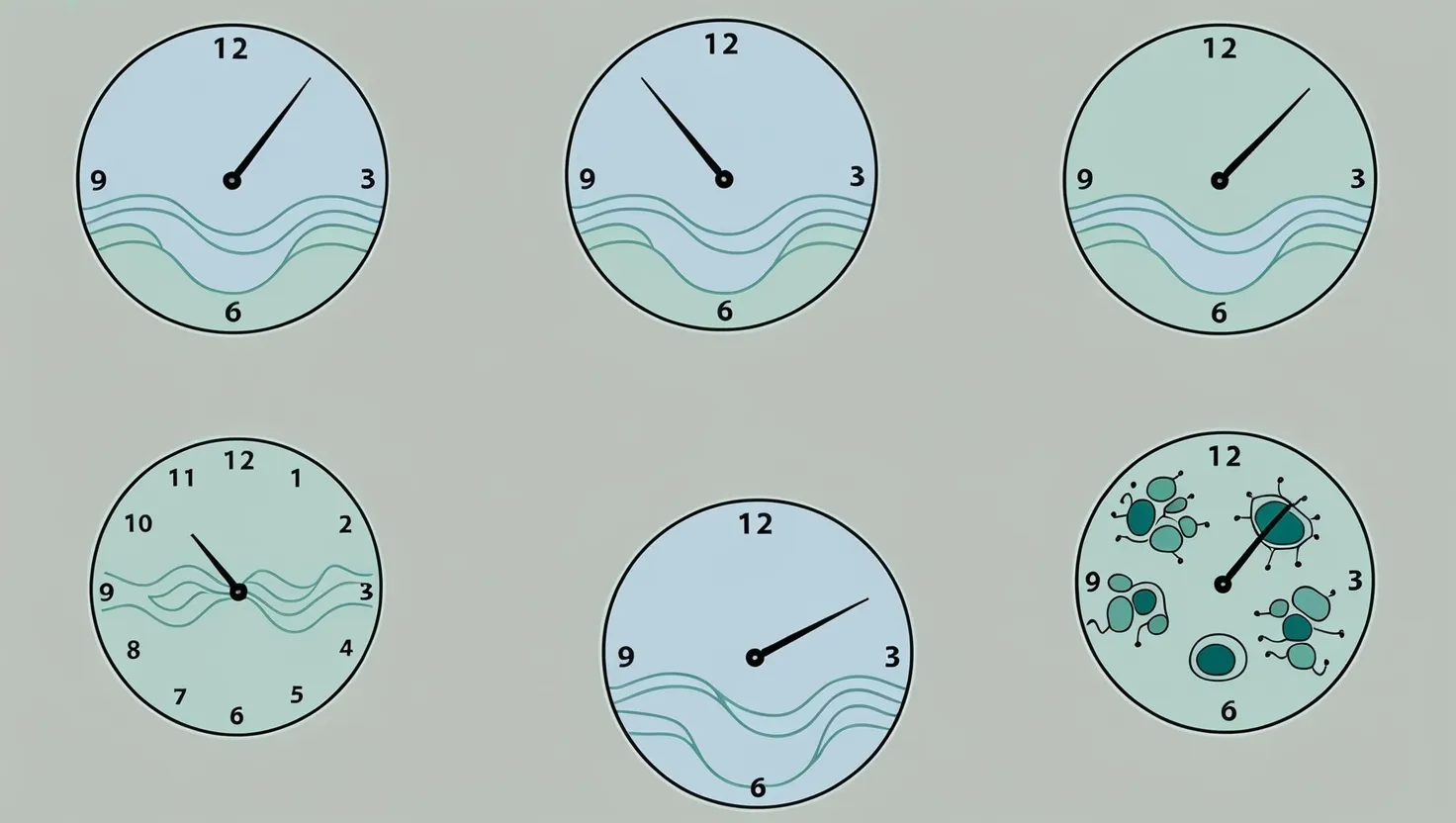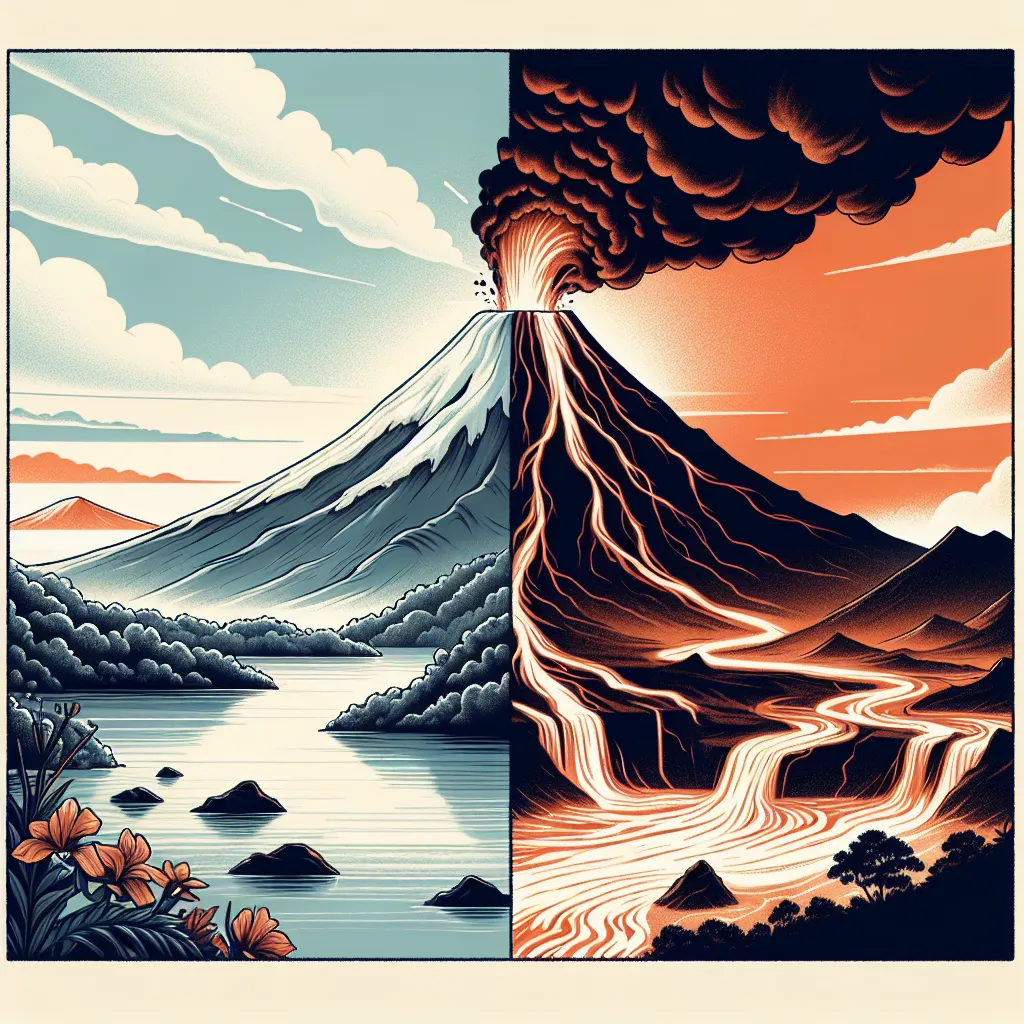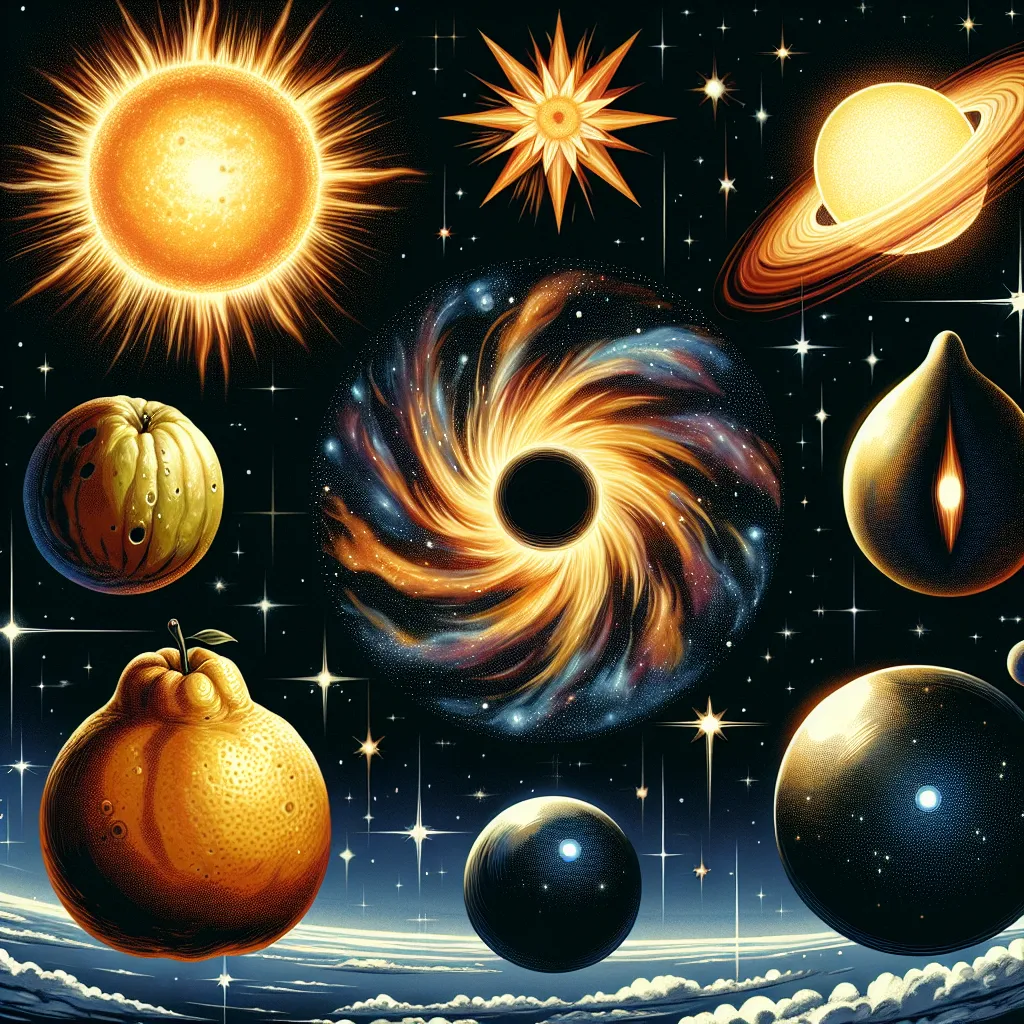In the cold, distant depths of our solar system, curiosity twinkles like a distant star. Out past the icy boundary of Neptune, there’s a possibility that’s kept astronomers buzzing with excitement for decades: the elusive Planet Nine, a mysterious entity that may be hiding where the sun barely reaches. This enigmatic world, if it exists, could be quietly tugging on the strings of icy bodies known as trans-Neptunian objects (TNOs), leaving clues to its invisible dance.
The hunt for this phantom planet has been a cosmic detective story, beginning back in 1930 with Pluto’s discovery. Pluto was initially celebrated as the ninth planet, a tiny iceball on the outer edges of our cosmic suburb. But as details emerged, its planet status wobbled. By 2006, the International Astronomical Union had reclassified Pluto to a dwarf planet, leaving Neptune the reigning outermost planet. Yet, the whispers of a bigger, bolder mystery beyond Neptune persisted.
Fast forward to the early 2000s, when astronomers identified some rather peculiar behavior among TNOs like Sedna and 2012 VP113. These icy bodies were playing by rules that didn’t quite fit without imagining a massive player in the darkness pulling the strings. Their orbits—extreme, elliptical, and puzzlingly far from Neptune—implied something hefty had to be lurking about. Sedna, for instance, circumnavigates the sun at an incredible range of 11 to 140 billion kilometers, far beyond Neptune’s reach, suggesting there’s something mighty and mysterious out there.
The case for Planet Nine strengthened as more of these eccentric TNOs came to light, each orbit a curious stroke in the cosmic puzzle. In 2016, Caltech’s Konstantin Batygin and Mike Brown laid down a groundbreaking theory. They suggested that a massive body, more than ten times the heft of Earth, was the mastermind of these cosmic quirks. They called it Planet Nine and detailed it on a lop-sided orbit, never coming closer than 200 astronomical units (AU) and straying as far as 1,200 AU. Just for fun details—Neptune sits cozily at about 30 AU.
Why were these far-off bodies seemingly huddled together, defying randomness with their orbits aligned like celestial dancers? Planet Nine’s gravitational forces provided a harmonizing beat—something that couldn’t be replicated by Neptune’s pull or even the grand dance of the Milky Way’s galactic tide. Simulations couldn’t quite match reality until Planet Nine was thrown into the mix. Suddenly, everything lined up, the scattered cosmic confetti falling into a neat line under this unseen influence.
Still, like the best of mysteries, Planet Nine remains unseen. Scouring the skies, astronomers have turned to extensive surveys like the Dark Energy Survey, the Zwicky Transient Facility, and the Pan-STARRS1 survey, chipping away at Planet Nine’s potential hiding spots but leaving 22% of the heavens still unchecked. The real sneakiness is in the fact that this unexplored patch peers into the bustling plane of our Milky Way, challenging observers with its crowded backdrop.
However, hope is on the horizon with the upcoming Vera Rubin Observatory. Set to go online in 2025, it promises the kind of celestial spotlight that might finally cast revealing rays on Planet Nine’s hide-and-seek antics. Researchers are on edge, buoyed by optimism that this new observatory could drop the last curtain on what has become a legendary chase.
There’s also a side plot brewing—another potential hidden gem out there, not too far from its bigger cousin. Scientists Patryk Sofia Lykawka and Takashi Ito float the idea of an Earth-sized planet nestled in the Kuiper Belt’s icy depths, a region way past Neptune’s doorstep. This roving potential member of our planetary family could throw icy TNOs into curious trajectories. Imagine a version of Earth, but perhaps a third larger, on a tilted orbit of about 30 degrees, mingling with the dwarf planets, like Pluto, in its frosty neighborhood.
The chase for these covert planets isn’t just a thrilling treasure hunt. It’s a voyage into the heart of our solar system’s secrets, a peek into its billion-years-long diary. Every new clue pieced together could rewrite what we know about how our solar surroundings took shape and evolved through the eons.
What really captivates about these hidden planets is the blend of science and mystery they bring. The existence of Planet Nine and its possible companions challenges our understanding, begging further questions about what’s really out there, shaping the cosmos in its quiet, profound way. Each step in the search is not merely about categorizing new family members in our solar neighborhood; it’s a bold foray into understanding the grand, unseen patterns of the universe.
Ultimately, the quest for Planet Nine and possibly other secretive celestial brethren reflects on human curiosity—that insatiable drive to uncover what lies beyond the horizon. It’s a saga that stitches together elements of science fiction with grounded astronomical research, pulling threads of suspense and wonder alike. This cosmic tale, brimming with allure, is a constant reminder that in the vast, enigmatic theater of space, there are still curtains to lift and secrets to uncover. Even as we stand in awe of the night sky, it teases us with the promise of more, urging us to look up and into the beyond, ready to embrace whatever wonders wander there in the hidden corners of our universe.






